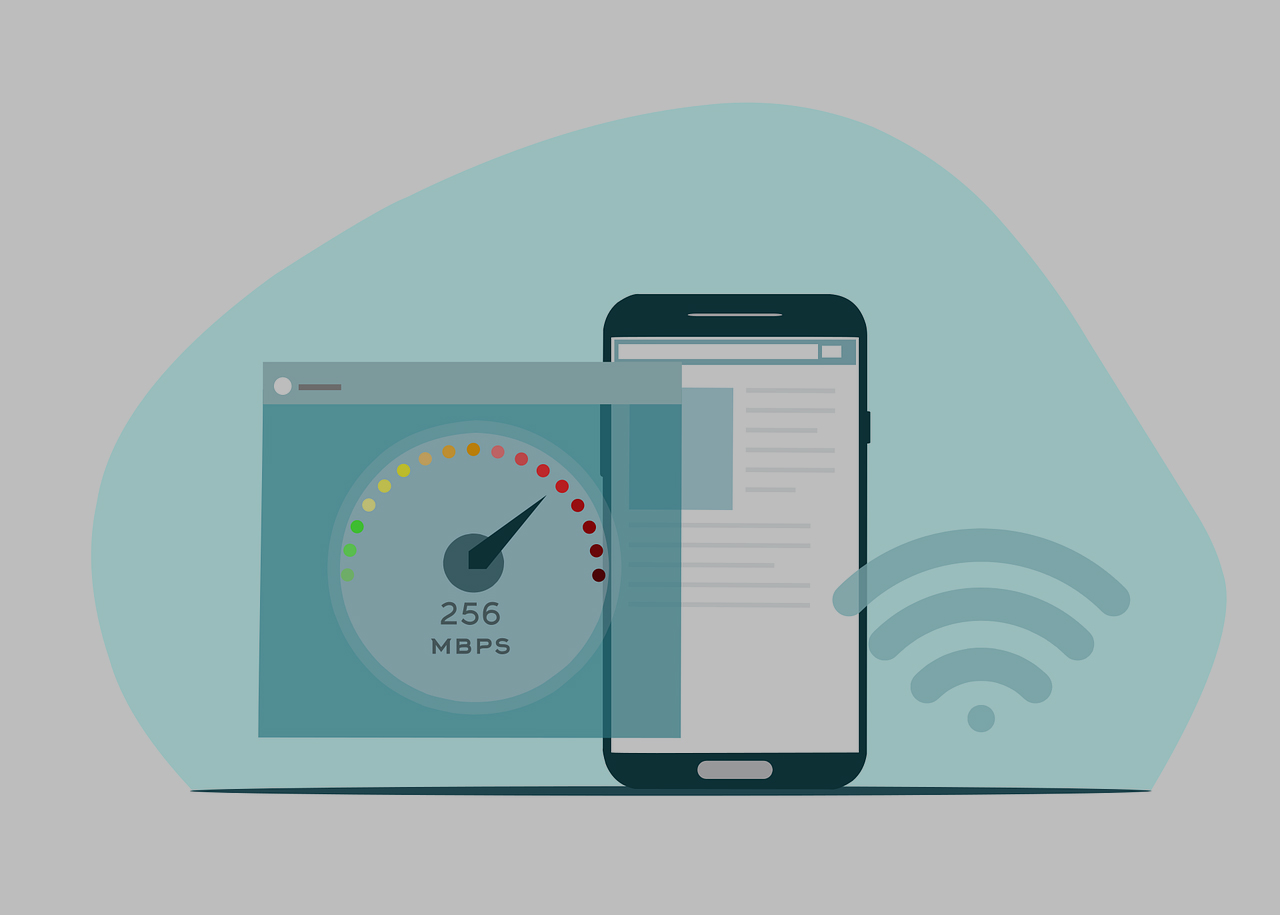
How to Optimize Website Speed for Better SEO Performance
How to Optimize Website Speed for Better SEO Performance
SEO Websites USA | Call (626) 890-0202
In today’s digital landscape, website speed is not just about providing a better user experience; it also plays a crucial role in search engine optimization (SEO). Search engines, like Google, prioritize fast-loading websites because they enhance user satisfaction and engagement. In this blog post, we will delve into the importance of website speed for SEO and provide you with valuable insights on how to optimize your website speed to improve SEO performance.
Website speed is a critical factor that influences user behavior and search engine rankings. Research has shown that users expect a website to load within a few seconds, and if it takes longer, they are more likely to abandon it and move on to a competitor’s site. Additionally, slow-loading websites tend to have higher bounce rates and lower conversion rates. From an SEO standpoint, search engines use website speed as a ranking factor, considering it an indicator of a well-performing website. Therefore, optimizing your website speed is not just about enhancing user experience; it also directly impacts your website’s visibility and organic traffic.
One of the key factors affecting website speed is the size and optimization of images. Large, uncompressed images can significantly slow down a website’s loading time. To optimize images for better website speed, you should compress them without compromising the quality. There are various image compression tools available that can help reduce the file size while maintaining the visual integrity of the images. Additionally, you can leverage modern image formats like WebP, which provide superior compression without sacrificing quality. By optimizing your images, you can drastically improve your website speed and create a smoother user experience.

Learn How to Optimize Website Speed for SEO
SEO Websites USA | Call (626) 890-0202
Another important aspect of optimizing website speed is minifying your code. Minification involves removing unnecessary characters, spaces, and comments from your HTML, CSS, and JavaScript files. This process reduces the file size and improves the loading speed of your website. There are several tools and plugins available that can automatically minify your code, making it easier for you to implement this optimization technique. By minifying your code, you can reduce the amount of data that needs to be transferred from the server to the user’s browser, resulting in faster loading times and improved SEO performance.
Caching is an effective technique for optimizing website speed. It involves temporarily storing frequently accessed data, such as HTML pages, CSS files, and images, in the user’s browser or on a CDN (Content Delivery Network) server. By caching static resources, you can reduce server load and decrease the time it takes to load your web pages. Implementing browser caching and leveraging CDN services not only speeds up the delivery of your content but also reduces the latency experienced by users accessing your website from different geographical locations. This optimization technique can have a significant impact on your website speed and overall SEO performance.
Using a content delivery network (CDN) is an effective way to optimize website speed, especially for global audiences. A CDN consists of a network of servers distributed across various locations worldwide. When a user requests your website, the CDN serves the content from the server closest to their location, reducing the distance the data needs to travel and improving the overall loading speed. By leveraging a CDN, you can distribute the load, handle traffic spikes effectively, and ensure faster delivery of your web pages and resources. This results in improved user experience, reduced bounce rates, and enhanced SEO performance.

We Know How to Optimize Website Speed for SEO
SEO Websites USA | Call (626) 890-0202
The hosting provider you choose for your website can significantly impact its speed and overall performance. Opting for a reliable and high-performance hosting provider is crucial for ensuring fast loading times. Shared hosting plans, while cost-effective, may result in slower website speed due to sharing server resources with other websites. On the other hand, dedicated hosting or managed WordPress hosting provides better performance and scalability. It is important to assess the hosting provider’s reputation, server capabilities, uptime guarantees, and support services before making a decision. Investing in a quality hosting solution will contribute to better website speed and positively impact your SEO efforts.
Reducing the number of HTTP requests is a technique that can significantly improve your website speed. Each element on a web page, such as images, CSS files, and JavaScript files, requires a separate HTTP request to the server. By minimizing the number of requests, you can speed up the loading process. You can achieve this by combining multiple CSS and JavaScript files into a single file, using CSS sprites to combine multiple images into one, and reducing the use of external scripts and plugins. By optimizing your website to make fewer HTTP requests, you can enhance its speed and provide a better user experience.
Optimizing website speed for mobile devices is crucial, considering the increasing number of users accessing the internet through their smartphones and tablets. Mobile optimization involves ensuring that your website is responsive, has a mobile-friendly design, and loads quickly on mobile devices. This includes optimizing images for mobile, reducing server response time, and utilizing AMP (Accelerated Mobile Pages) technology. By prioritizing mobile optimization, you can cater to the needs of mobile users, provide them with a seamless browsing experience, and improve your website’s performance in mobile search results. Mobile-friendly websites not only enhance user experience but also contribute to better SEO rankings.

How to Optimize Website Speed for Better SEO Performance
SEO Websites USA | Call (626) 890-0202
Regular monitoring and performance testing are essential for maintaining optimal website speed. Use tools like Google PageSpeed Insights, GTmetrix, or Pingdom to analyze your website’s speed performance and identify areas for improvement. These tools provide insights into various speed metrics, such as page load time, time to first byte, and suggestions for optimization. Regularly check your website’s speed performance, especially after implementing optimization techniques, to ensure that your efforts are yielding positive results. By monitoring and fine-tuning your website’s speed, you can continuously enhance its performance, provide a better user experience, and achieve higher SEO rankings.
Within this blog we have learned that optimizing website speed is crucial for improving SEO performance and enhancing user experience. By implementing techniques such as image optimization, code minification, caching, using a CDN, choosing a reliable hosting provider, reducing HTTP requests, and prioritizing mobile optimization, you can significantly improve your website’s loading time. A faster-loading website not only attracts more visitors but also reduces bounce rates, improves conversion rates, and boosts search engine rankings. Remember to regularly monitor and test your website’s speed performance to ensure ongoing optimization. By prioritizing website speed, you are investing in the long-term success of your online presence and providing a seamless user experience for your visitors.
Home – About – Services – Plugins – Blog – What’s Mobile Friendly? – Contact
